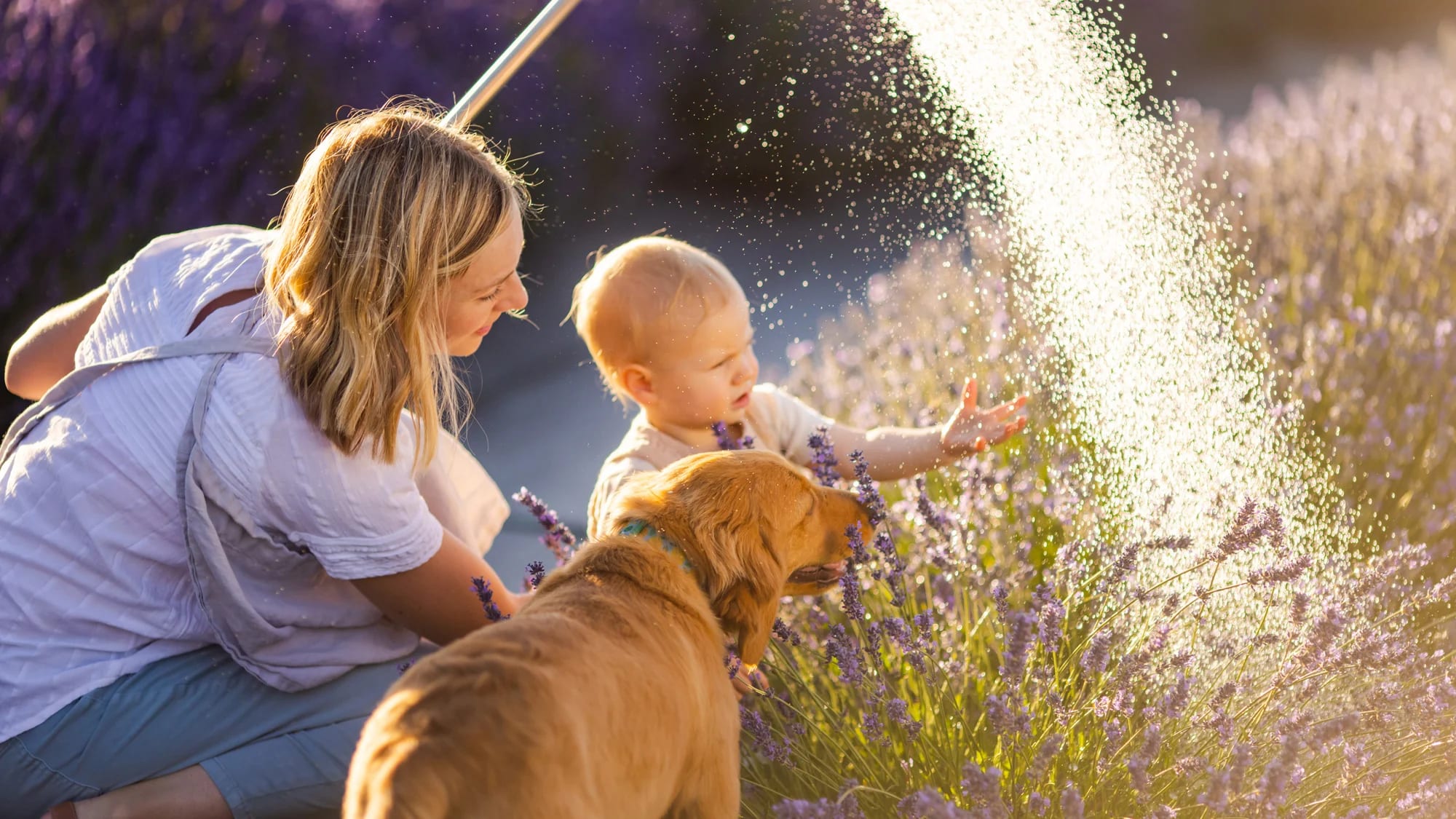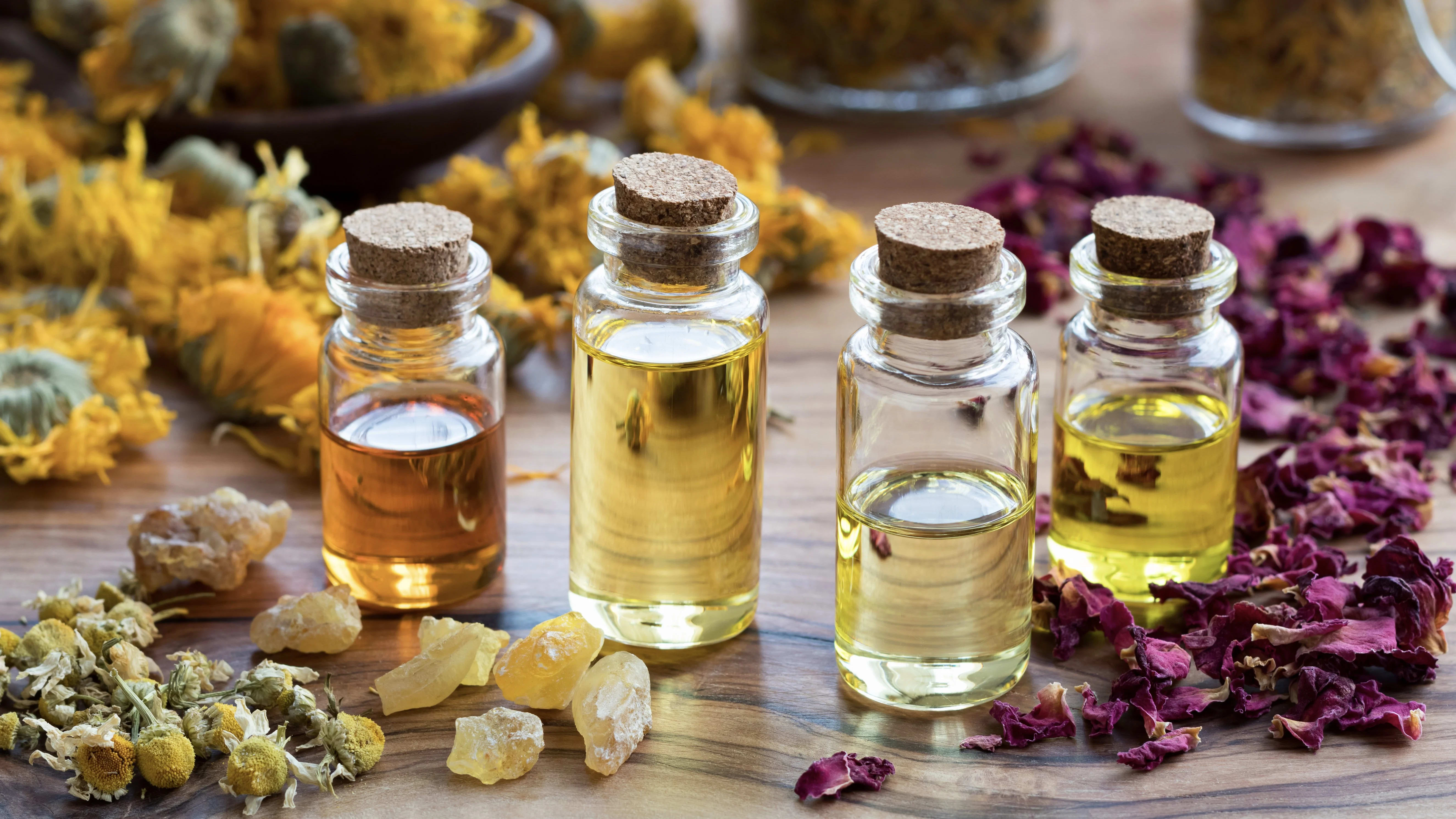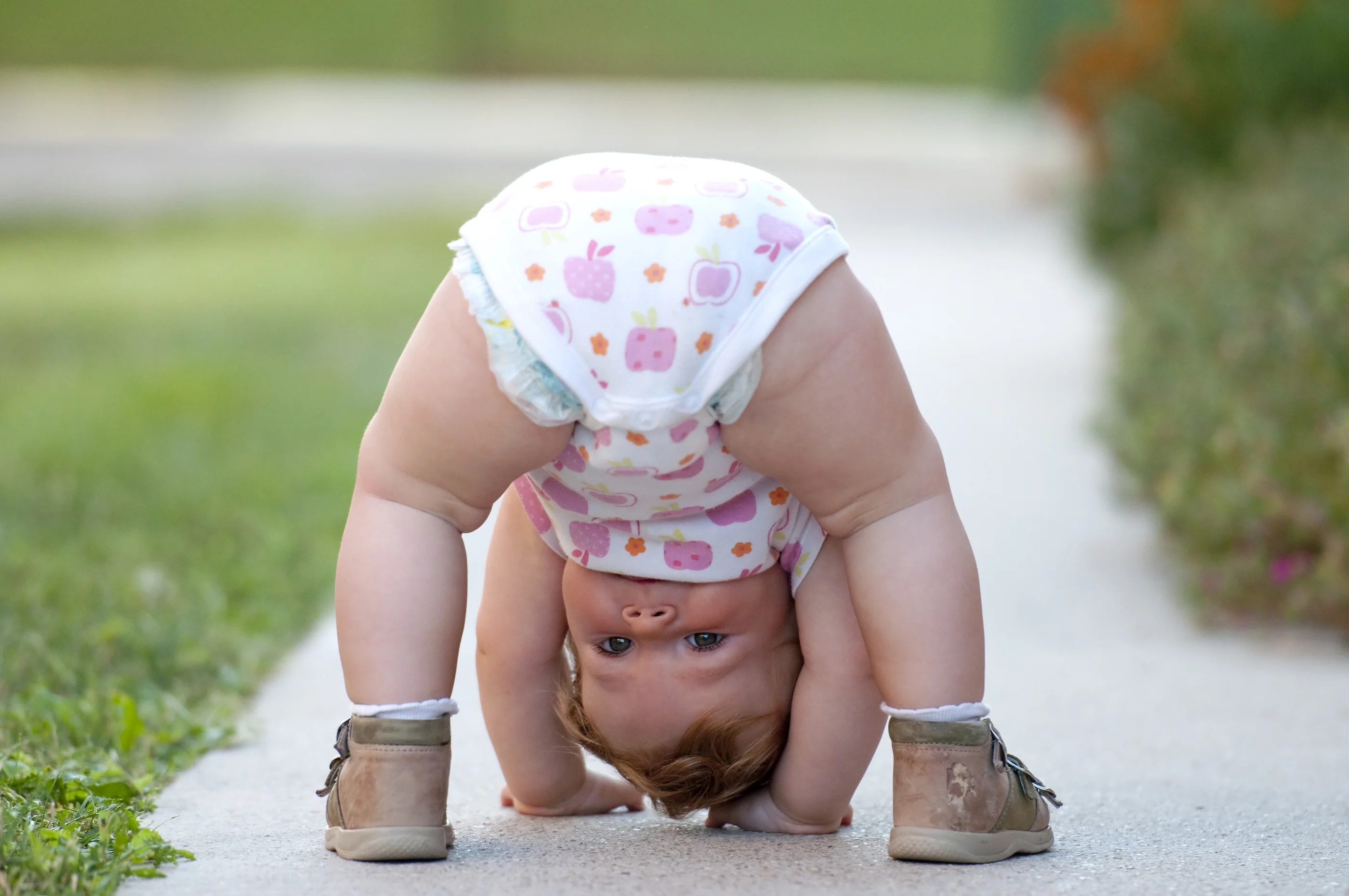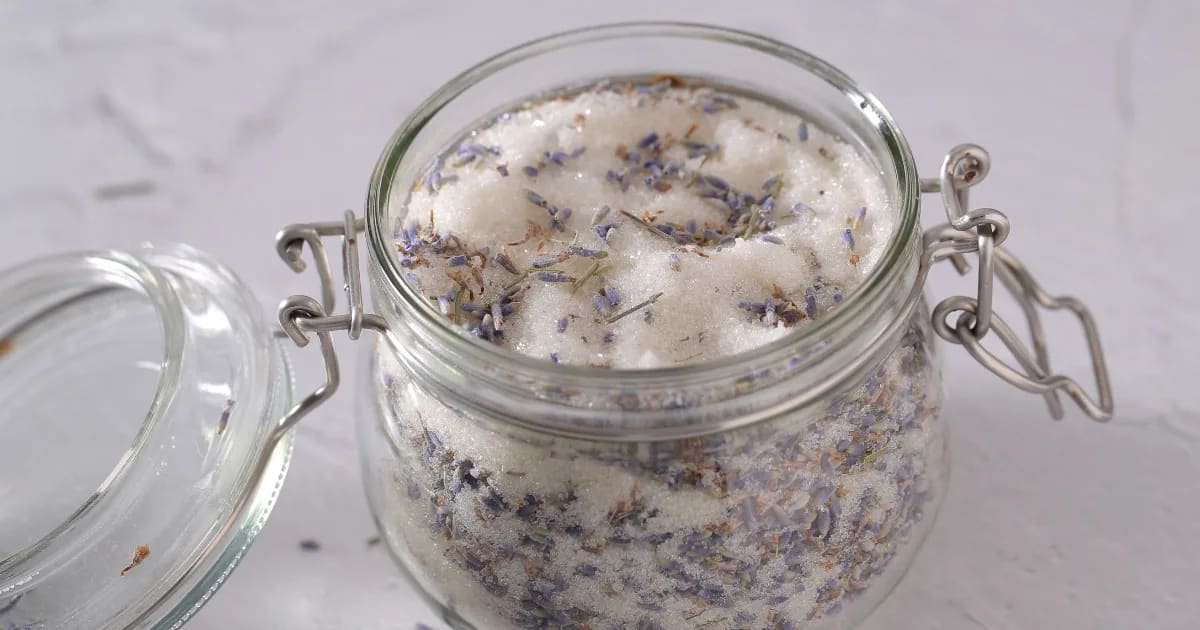Debunking a Long-standing Lavender Myth
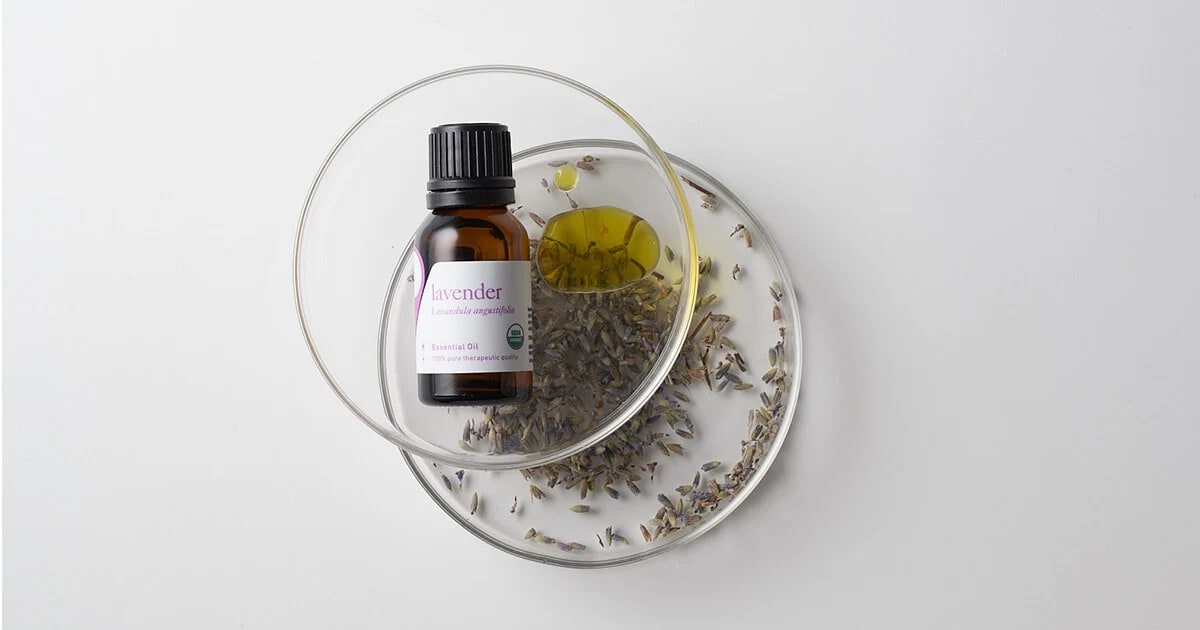
Keep calm and love lavender!
There’s been a debate going on about lavender oil for a while now.
Does lavender oil have estrogenic effects?
Can it lead to gynecomastia (a hormone imbalance that causes breast growth in men and boys)?
The short answer is no—there’s no evidence that supports this. Let’s put this myth to rest by looking at the research.
What is gynecomastia?
Gynecomastia is the term for breast growth in boys and men. Premature breast growth can also occur in girls.
Most of the time, the causes are unknown, and it resolves itself spontaneously. The unwanted breast development appears and disappears for reasons that medicine doesn’t always understand.
During puberty, it’s natural for about 70% of boys to experience a little bit of breast development. It lasts a few years and then goes away all by itself, so there’s no cause for alarm.
How did lavender oil get associated with gynecomastia?
The fears that lavender oil could cause gynecomastia started back in 2007. Tea tree oil also got swept up in the claims.
A researcher named Henley and his team studied three cases of breast growth in pre-pubescent boys, ages four, seven, and ten. It was reported that the boys all used topical products containing lavender, and they developed gynecomastia—which resolved itself after they stopped using the products.
Robert Tisserand, a well-known aromatherapist, looked deeper into the original study and noticed glaring gaps in the research that disproved the claim.
First of all, the products the children used were not identified. No ingredient lists were provided.
There was no evidence the products contained lavender oil at all.
If they did, we have no idea how much.
And in the topical products mentioned—shampoo and hair gel—very little essential oil is absorbed into the body at all. The shampoo is a wash-off product, meaning the oils don’t linger on the skin. The surfactants in the soap rinse them all away. And hair gel is typically applied in the hair itself, not on the skin.
Even if these products contained very high percentages of essential oil, it’s unlikely that any significant amount of the oil would be absorbed. Certainly not enough to cause hormonal changes.
Perhaps these boys did use lavender oil products (but we can’t be sure they did) at the same time they developed breast growth. These circumstances might be correlated, meaning they’re related in some way—even if it’s just occurring at the same time. But that doesn’t mean that one event CAUSED the other.
Correlation does not equal causation.
The researchers in this initial study probably had good intentions. But they didn’t provide any convincing evidence that lavender oil was in the products or that it leads to gynecomastia. Perhaps they wanted to signal an area where they thought more research was needed.
That’s where the whole debate began!
The myth spreads!
A few later studies, from 2016 and 2019, fanned the flames.
In almost all of the examples from these two studies, participants and researchers claimed the products they used contained lavender essential oil . . . without any proof that was true.
Most of the products used in both studies were wash-off (like shampoos or bath soaps) or “violet water” products. (We’ll tell you more about violet water in a moment!
In the 2016 study (by Diaz et al.), the claim was that children developed breast growth after using products containing lavender essential oil.
No products were mentioned by name, and no ingredient lists were provided.
How did the researchers come to believe the products contained lavender essential oil? They said the products were purple and had a typical lavender smell. Right away, we can see there’s no proof that lavender oil was an ingredient.
Also, lavender essential oil isn’t purple! It’s pale yellow. Most of the time, purple products are colored with synthetic dyes.
As for violet water products, they smell like violets (not lavender). The scent of violets is produced by synthetic compounds called “ionones.”
One question we can ask is, if the products are called “violet water,” and they smell like violets, why did the researchers say they had a typical lavender smell? The answer is . . . we don’t know! It’s possible that their noses weren’t educated and they simply didn’t know the difference between the aromas of lavender and violets.
Could violet water contain lavender essential oil?
Violet water is a purple, violet-scented product. Violet water isn’t a brand but a type of product produced by many different brands. So each brand might have its own recipe for it.
Now comes the big question: Is it possible the violet waters studied contained lavender essential oil?
A reliable way to determine that would be with laboratory analysis. There are several tests that would work, the most accurate being GC/MS—gas chromatography/mass spectrometry. A GC/MS test identifies all of the volatile components present in a substance and lists them, like an “ingredient list.”
The main components of lavender essential oil are linalool and linalyl acetate.
If both components don’t show up on a GC/MS test, there is no lavender oil in the product.
In both the 2016 and 2019 studies, the researchers didn’t use a GC/MS test. We can’t be sure of their reasons for that, but it left us with limited information of the products’ actual components.
Robert Tisserand had multiple violet water brands analyzed by GC/MS (along with other products mentioned in the research studies). The results found little to no traces of linalool or linalyl acetate in them. So no lavender oil was in the studied products.
Note: There’s no evidence of violet water products causing breast growth, either. This post isn’t meant to point the finger at them, but just to dispel the myth that lavender oil causes premature breast growth.
Small studies = unreliable results
In the world of research, one of two examples of something doesn’t create a very convincing case.
If only a small number of people are experiencing an issue, there’s no real pattern. All you have is a few people who share something in common. You can try to find similarities in their circumstances to link their problems together, but that’s still not evidence.
In all three of the studies we’ve mentioned so far, only small groups of children were involved. The 2007 and 2016 studies both involved three children, and the 2019 study involved four. Those numbers aren’t high enough to make a strong case against lavender oil.
Research is more effective and convincing when it involves larger groups of people.
Several hundred people experiencing the same thing is a lot more impressive than four or five! If that happens, an actual pattern is showing up.
Now let’s say that 200 people all have the same symptom, and they all used the same brand of body lotion. That makes a pretty compelling case that the lotion could be causing the symptom. Of course, more in-depth research would have to be done to see WHY the lotion is a problem—what ingredient in it is causing the trouble?—but those numbers shouldn’t be ignored.
Let’s look at some reliable research!
Now let’s talk about a more reliable study!
In 2021, Dr. Jessie Hawkins conducted a cross-sectional study on the effects of lavender and tea tree oil. Here are her team’s conclusions:
In 556 children with a mean age of 6.33, those who were regularly exposed to lavender and tea tree essential oils experienced the same risk of endocrine disorders as those who were not exposed ... No cases of prepubertal gynecomastia were identified in either group, and prevalence of precocious puberty, delayed puberty, growth hormone deficiency, and hypothyroidism were all consistent with population norms.
This is a more reliable study. It used actual lavender and tea tree essential oils, and it collected evidence from a large number of children.
According to this evidence, lavender and tea tree oils have no connection to gynecomastia or endocrine disorders.
Can essential oils affect hormones?
We’ve shared evidence that essential oils can affect stress hormones.
However: While essential oils can affect stress hormones, there’s no evidence of them affecting reproductive hormones.
The exception would be essential oils that contain trans-anethole.
In Essential Oil Safety (Second Edition), Tisserand and Young mention that trans-anethole has weak estrogen-like activity. It’s contraindicated during pregnancy, breastfeeding, endometriosis, and any estrogen-related cancers. They should also be avoided for children under five years old.
Oils that contain trans-anethole are:
Anise Oil (Pimpinella anisum, Illicium verum)
Fennel Oil (Foeniculum vulgare)
Myrtle (aniseed) Oil (Backhousia anisata)
Considering the current evidence and studies, Aromahead does not believe that lavender oil is estrogenic or that it poses a risk to people who have breast cancer.
Keep learning and share the truth!
The next time you see the rumor circulating that lavender is estrogenic or that it can cause premature breast growth, you can rest assured that there’s no evidence supporting this claim.
And if you can share this article and help people “keep calm and love lavender,” that’s even better!
REFERENCES
Diaz, A., Luque, L., Badar, Z., Kornic, S., & Danon, M. (2016). Prepubertal gynecomastia and chronic lavender exposure: Report of three cases. Journal of Pediatric Endocrinology and Metabolism, 29(1), 103–107. doi.org/10.1515/jpem-2015-0248
Hawkins, J., Hires, C., Dunne, E., & Keenan, L. (2021v). Prevalence of endocrine disorders among children exposed to lavender essential oil and tea tree essential oils. International Journal of Pediatrics and Adolescent Medicine, 8(4), 0–7. doi.org/10.1016/j.ijpam.2021.10.001
Henley, D. V, Lipson, N., Korach, K. S., & Bloch, C. A. (2007). Prepubertal gynecomastia linked to lavender and tea tree oils. The New England Journal of Medicine, 356(5), 479–485. doi.org/10.1056/NEJMoa064725
Ramsey, J.T., Li, Y., A. Y. et al. (2019). Lavender products associated with premature thelarche and prepubertal gynecomastia: case reports and endocrine-disrupting chemical activities. The Journal of Clinical Endocrinology and Metabolism, 104(11), 5393–5405.
Tisserand, R. (October 20, 2021). Can Lavender Oil Cause Breast Growth in Children? Tisserand Institute.


